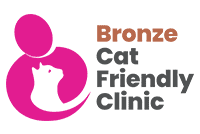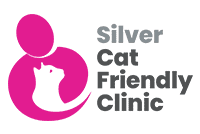Cause
- Coccidia are host specific parasites that damage the lining of the gut. There are lots of different species of cocci but only three (E. zuernii, E. bovis and E. alabamensis) which actually cause disease in calves less than 6 months of age
- Calves pick infection up from a contaminated environment and then shed massive numbers of oocysts (the infective stage) after 2-3 weeks
- The oocysts are very persistent and survive for long periods in the environment, particularly if warm and wet
Symptoms
- Most obvious sign is diarrhoea, typically containing blood and mucus. Mild cases have watery diarrhoea without blood.
- Calves may prolapse their rectum from repeatedly straining
- Reduced feed intake and poor growth rates
- Typically affects group reared calves at 8-12 weeks
Subclinical infection with no obvious sign of diarrhoea is very common. Up to 95% of infections are subclinical resulting in poor growth and weight gain.
Diagnosis
Based on clinical signs in a group of scouring calves at the appropriate age. Faecal analysis can be diagnostic but often early in disease few oocysts are shed so samples must be interpreted with care.
Some species are non-pathogenic (i.e. don’t cause disease) so this can lead to misinterpretation of faecal samples.
Treatment
- Clinically affected animals should be separated to reduce environmental contamination
- Toltrazuril (Baycox) and Diclazuril (Vecoxan) can be used for treatment and prophylaxis
- All animals in a group should be treated as subclinical disease is likely
- Oral fluid therapy may be necessary for severely dehydrated calves but this is rare
Prevention
- Effective control is achieved with good management
- All-in, all-out systems with cleaning and disinfection between batches work best to reduce the build-up of oocysts in the environment
- Attention to stocking density, keep pens well bedded, move water/feed troughs to avoid heavily contaminated areas
- Reduce stress i.e. Don’t mix age groups, don’t wean and vaccinate at the same time
- In beef herds, calving on the same pasture each year allows oocyst levels to build up and increases infection pressure
- It may be necessary to treat all “at risk” calves at specific times to avoid clinical disease. Timing of the dose is critical to ensure a sufficient challenge for immunity to develop. This is usually based on history of previous cases: treat a week before anticipated clinical signs






